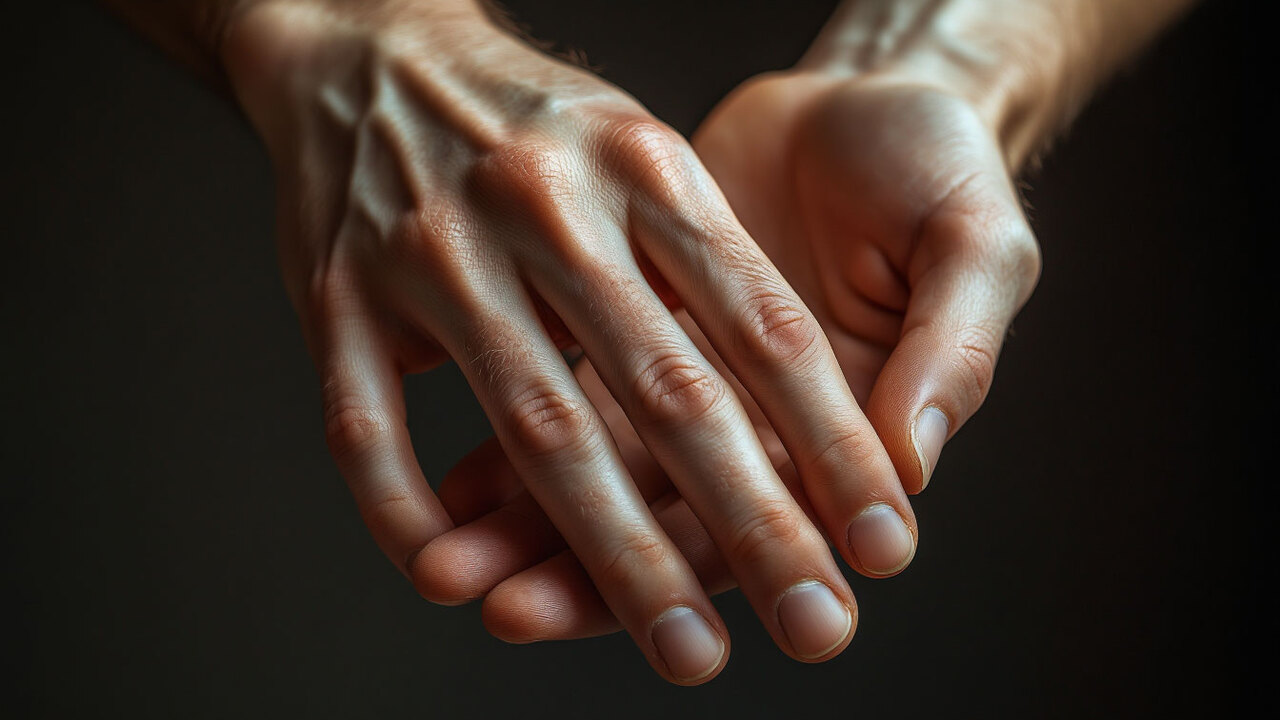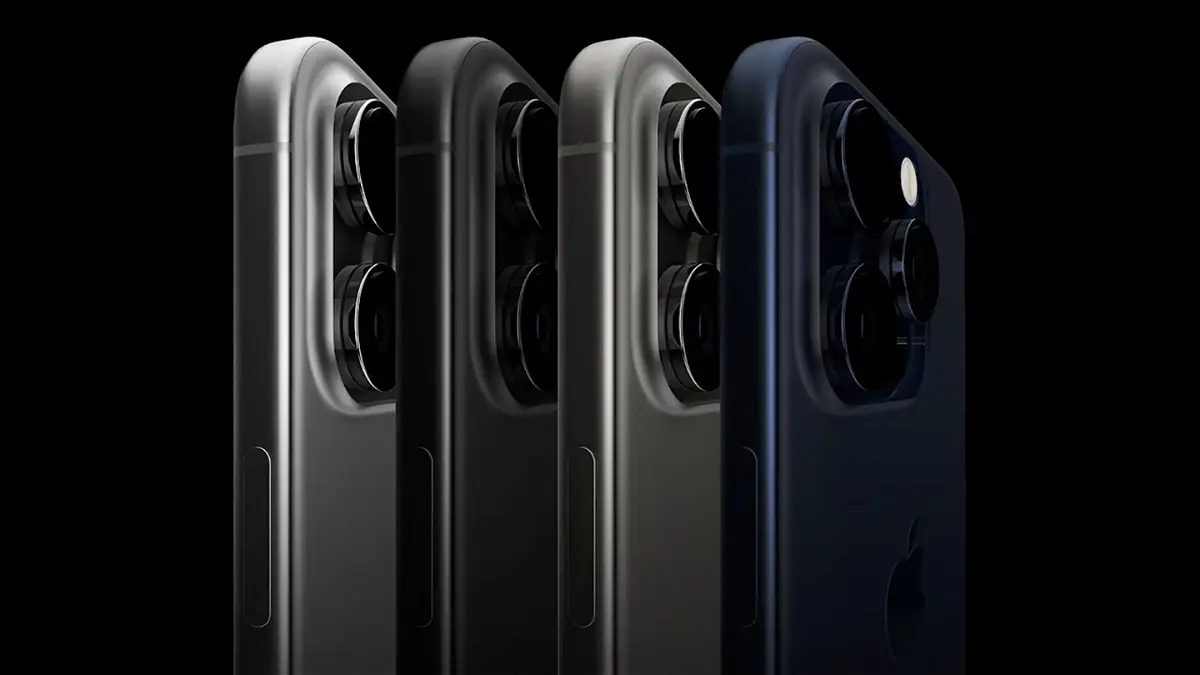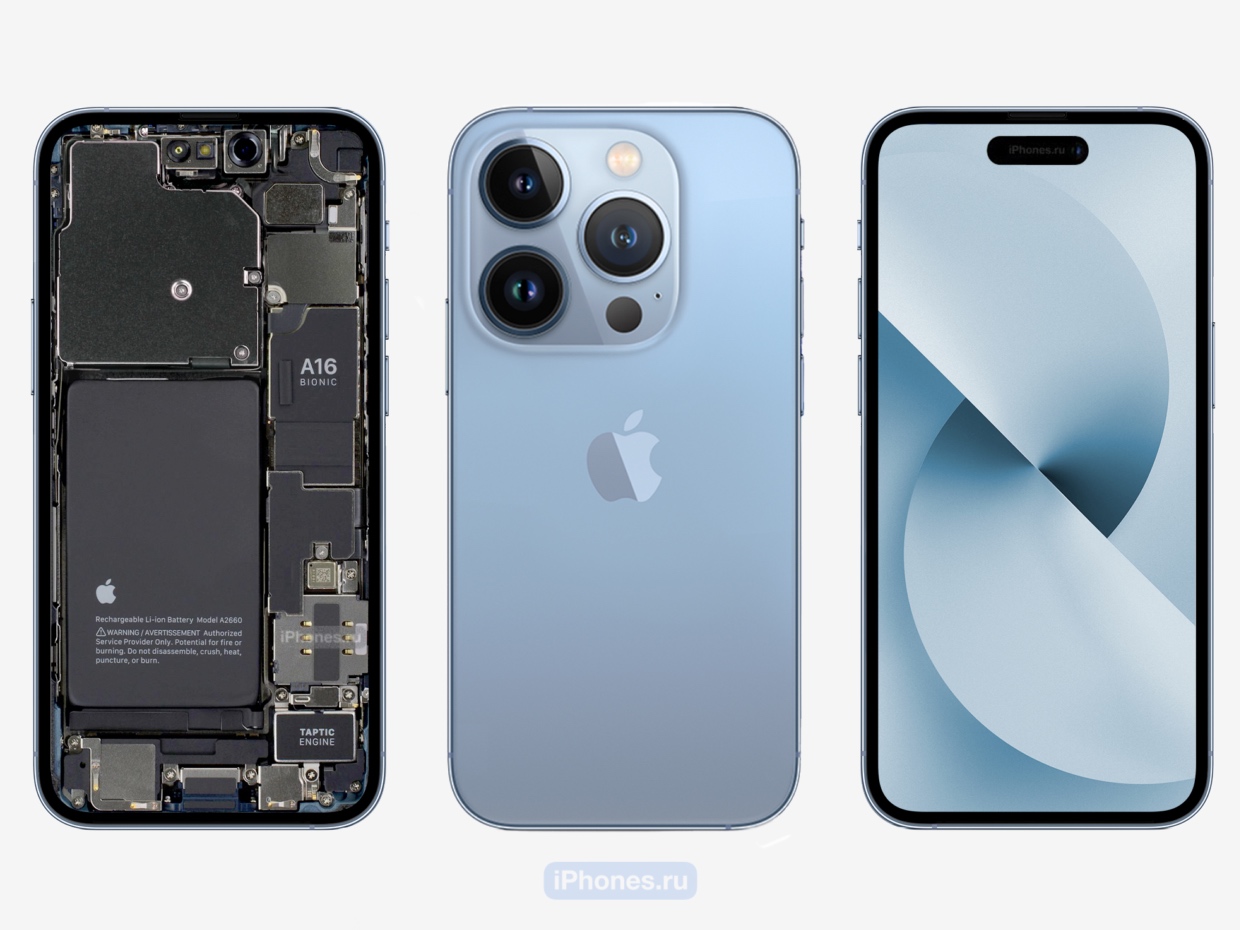The application technology involves placing a polymer tube pre-expanded at 120°C on the finger and then heating it to 60−70°C with a medical hair dryer. The material is properly compressed, creating an individual fixing structure. Its main advantage is the possibility of multiple corrections of the fixation as swelling decreases.
When creating the orthosis, scientists studied the properties of cross-linked polyethylene, gauze layer and soft tissues of the finger. The “screw wrapping” technique made it possible to obtain data on tissue deformation without special equipment. Based on these parameters, a 3D model of the “finger-wrap-orthosis” system was created.
Numerical modeling confirmed that the pressure of the orthosis on the tissue did not exceed the critical 8−10 kPa, which eliminated circulatory disorders. This development solves the traditional casting problem, where the bandage loses its fixation properties after swelling subsides. Clinical trials and patenting of the technology are planned.
Source: Ferra
I am a professional journalist and content creator with extensive experience writing for news websites. I currently work as an author at Gadget Onus, where I specialize in covering hot news topics. My written pieces have been published on some of the biggest media outlets around the world, including The Guardian and BBC News.












